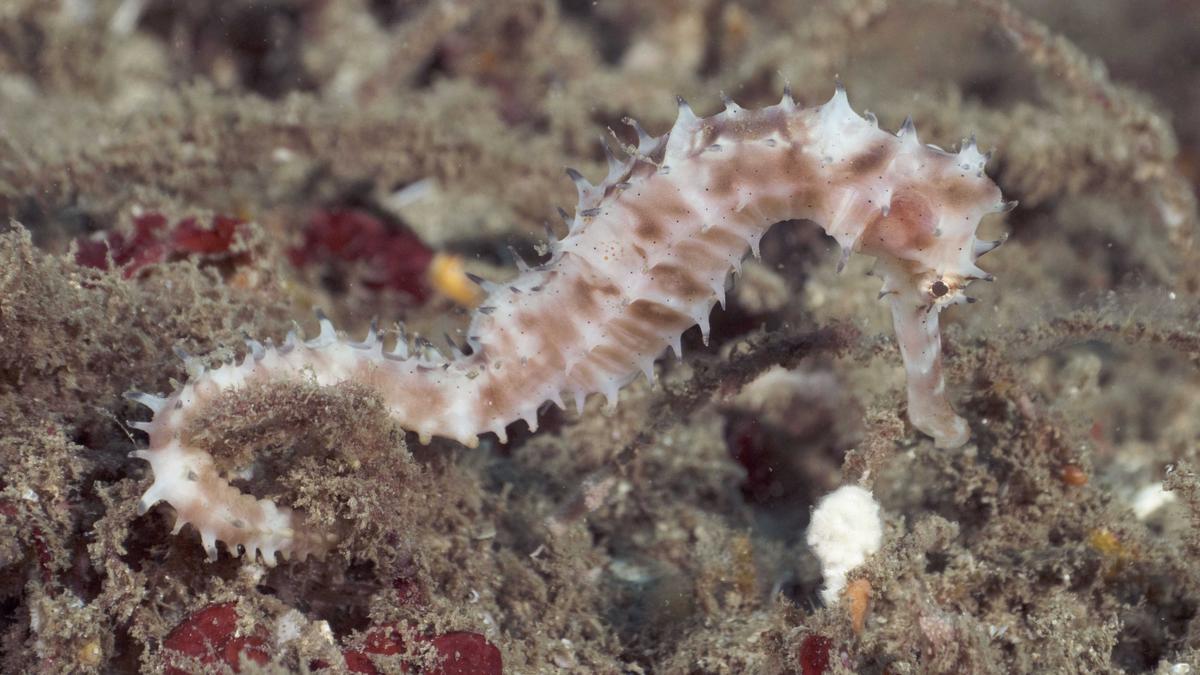
Two shipwrecks off Thiruvananthapuram coast are today home to a rich array of marine life, finds study
The Hindu
Two shipwrecks off Thiruvananthapuram coast are today home to a rich array of marine life, finds study
Two shipwrecks off the Thiruvananthapuram coast, including one dating back to 1752, are now home to 212 species, including several recorded for the first time from Kerala, a University of Kerala-Ecomarine survey has found.
The year-long marine biodiversity survey along several rocky reefs and the shipwrecks off Shangumughom and Anchuthengu was carried out by the Marine Monitoring Lab (MML) of the Department of Aquatic Biology and Fisheries. The project is supported by Ecomarine, co-funded by the Erasmus Programme of the European Union.
The list of species includes spiny seahorse (Hippocampus histrix), which is listed as vulnerable by the International Union for Conservation of Nature (IUCN), squat lobster (Raymunida bellior), camel shrimp (Rhynchocinetes durbanensis), red-white cleaner shrimp (Urocaridella antonbruunii) and orange cup coral (Tubastraea coccinea). They are among the species that were recorded for the first time in Kerala.
Researchers found that the two shipwrecks - one that of a Greek ship that sank in 1968 off Shangumughom, and the other that of Wimmenum, an older Dutch ship which sank in 1752 off Anchuthengu - had transformed into rich ecosystems.
“A biodiversity comparison of the 212 macrofauna revealed higher biodiversity at the Anchuthengu site (184 species) compared to Shanghumughom (125 species),” A. Biju Kumar, department head, Aquatic Biology and Fisheries, said here on Wednesday.
The Anchuthengu shipwreck, 272 years old, has supported prolonged ecological succession, serving as a habitat for larger groupers and other breeding organisms.
Human divers and Remotely Operated Vehicles (ROVs) were used to survey the rocky reefs up to 100 metres depth and shipwrecks off Valiyathura and Anchuthengu, which lie at depths of 40 metres and 55 metres respectively. The Dutch ship had previously been documented by local fishermen and the Friends of Marine Life led by Robert Panipilla. However, the Greek ship was photo-documented for the first time through this project, Dr. Kumar said.











